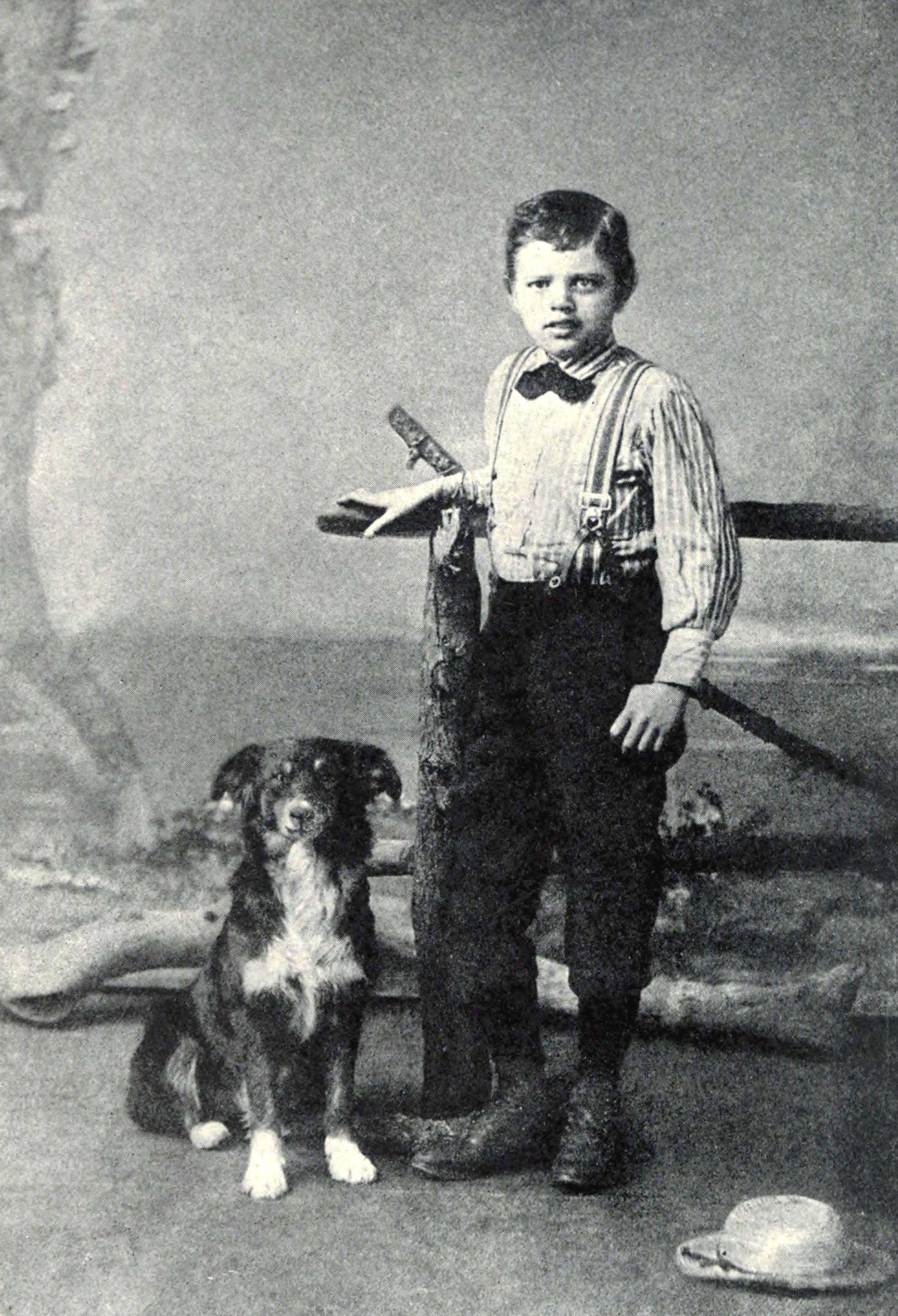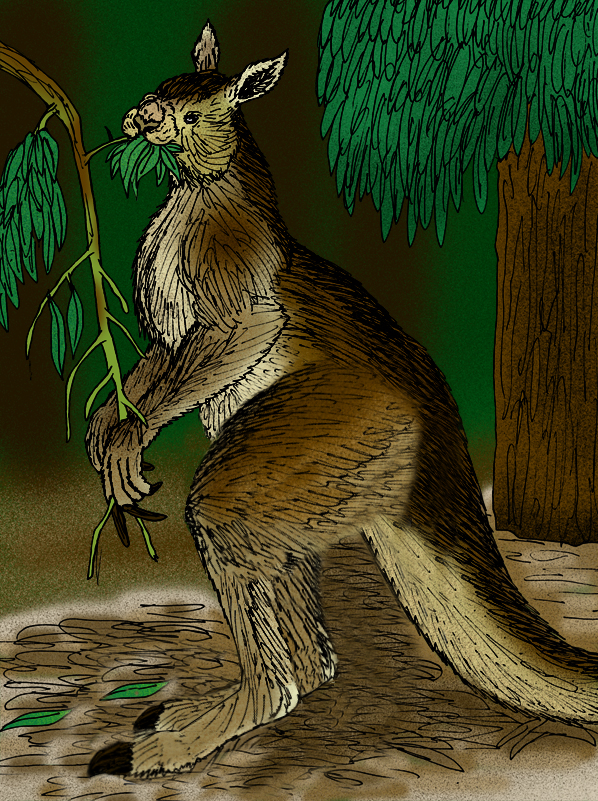|
Goliah (steam Tug Built 1849)
Goliah may refer to: * Goliah (1849 tugboat), ''Goliah'' (1849 tugboat) * USS ''Goliath'', also known as USS Catskill (1862), USS ''Catskill'' (1862) * USS Goliah, USS ''Goliah'', an armed tug that served in the United States Navy as a patrol vessel and tug from 1918 to 1919 * "Goliah", a short story by Jack London published in 1908 in the British periodical ''The Red Magazine'' and in 1910 in ''Revolution and Other Essays'' * Procoptodon, ''Procoptodon goliah'', an extinct species of kangaroo. See also * Goliath (other) {{Disambig ... [...More Info...] [...Related Items...] OR: [Wikipedia] [Google] [Baidu] |
Goliah (1849 Tugboat)
The steamer ''Goliah'' (sometimes called ''Defender'') was the second tug boat ever built in the United States. The long service life of this vessel caused it to become known as the "everlasting" ''Goliah''. This vessel was readily recognizable by its large size and sidewheels. It should not be confused with a number of other vessels named either ''Goliah'' or ''Goliath'' which were also operating as tugs. This vessel was also sometimes known as the Defender. Construction ''Goliah'' was built in New York City. William H. Webb built the wooden hull and T.F. Secor built the engine. The original purpose for ''Goliah'' was to tow sailing vessels in and out of New York Harbor. Previous steamers, which had not been purpose-built for the task, had been underpowered and many ships had been lost as a result. Transfer to California On completion Webb sold the vessel to parties who intended to enter it into the Sacramento River trade, then booming because of the California Gold Rush. ... [...More Info...] [...Related Items...] OR: [Wikipedia] [Google] [Baidu] |
USS Catskill (1862)
USS ''Catskill'' was a monitor built for the United States Navy during the American Civil War. She continued to serve the Navy after the war's end until decommissioned in 1898 after the end of the Spanish–American War. Service history Civil War USS ''Catskill''—a single-turreted monitor—was launched on December 16, 1862 by Continental Iron Works, Greenpoint, New York; outfitted at New York Navy Yard; commissioned on February 24, 1863, Commander George Washington Rodgers in command; and reported to the South Atlantic Blockading Squadron. ''Catskill'' reported for duty at Port Royal, South Carolina on March 5, 1863, and for the remainder of the war operated off Charleston, South Carolina. ''Catskill'' was damaged by Confederate gunfire during the 7 April attack on Fort Sumter that demonstrated both the strengths of well-defended fortifications and the limitations of monitor-type ironclads. That began the lengthy series of operations against the strongly fortified and ... [...More Info...] [...Related Items...] OR: [Wikipedia] [Google] [Baidu] |
USS Goliah
USS ''Goliah'' (SP-1494), also listed as ID-1494, was an armed tug that served in the United States Navy as a patrol vessel and tug from 1918 to 1919. SS ''Goliah'' was built as a commercial tug in 1907 by John H. Dialogue and Sons at Camden, New Jersey. The Navy purchased her from her owners, the Puget Sound Tug Company of Seattle, Washington, on 6 December 1917 for World War I service. She was commissioned as USS ''Goliah'' (SP-1494) on 31 January 1918 at Mare Island Navy Yard at Vallejo, California. Following shakedown, ''Goliah'' towed coal barges between San Diego, California; Mare Island Navy Yard; and San Pedro, California, until 3 March 1918, when she departed San Diego for the United States East Coast. She arrived at Norfolk, Virginia, on 8 April 1918 and during the next month made four voyages between New London, Connecticut, and New York City with stores and ammunition. After a voyage to Bermuda and the Azores between 18 May 1918 and 24 June 1918 as an escort ... [...More Info...] [...Related Items...] OR: [Wikipedia] [Google] [Baidu] |
Jack London
John Griffith Chaney (January 12, 1876 – November 22, 1916), better known as Jack London, was an American novelist, journalist and activist. A pioneer of commercial fiction and American magazines, he was one of the first American authors to become an international celebrity and earn a large fortune from writing. He was also an innovator in the genre that would later become known as science fiction. London was part of the radical literary group "The Crowd" in San Francisco and a passionate advocate of animal rights, workers’ rights and socialism.Swift, John N. "Jack London's ‘The Unparalleled Invasion’: Germ Warfare, Eugenics, and Cultural Hygiene." American Literary Realism, vol. 35, no. 1, 2002, pp. 59–71. .Hensley, John R. "Eugenics and Social Darwinism in Stanley Waterloo's ‘The Story of Ab’ and Jack London's ‘Before Adam.’" Studies in Popular Culture, vol. 25, no. 1, 2002, pp. 23–37. . London wrote several works dealing with these topics, such as his dy ... [...More Info...] [...Related Items...] OR: [Wikipedia] [Google] [Baidu] |
Procoptodon
''Procoptodon'' is an extinct genus of giant short-faced (sthenurine) kangaroos that lived in Australia during the Pleistocene Epoch. ''P. goliah'', the largest known kangaroo species that ever existed, stood at about . They weighed about . Other members of the genus were smaller, however; ''Procoptodon gilli'' was the smallest of all of the sthenurine kangaroos, standing approximately tall. The genus is derived from ''Simosthenurus'', making the latter genus paraphyletic. Description ''Procoptodon'' physiology was likely similar to that of the contemporary kangaroos; however, ''Procoptodon goliah'' was characterised by its large size. These sthenurines, or short-faced kangaroos, included species that were more than three times the size of the largest kangaroos living today. The largest, ''P. goliah'', was tall and weighed up to . These animals lived alongside modern species of kangaroos, but specialised on a diet of leaves from trees and shrubs. ''Procoptodon were'' large an ... [...More Info...] [...Related Items...] OR: [Wikipedia] [Google] [Baidu] |
Kangaroo
Kangaroos are four marsupials from the family Macropodidae (macropods, meaning "large foot"). In common use the term is used to describe the largest species from this family, the red kangaroo, as well as the antilopine kangaroo, eastern grey kangaroo, and western grey kangaroo. Kangaroos are indigenous to Australia and New Guinea. The Australian government estimates that 42.8 million kangaroos lived within the commercial harvest areas of Australia in 2019, down from 53.2 million in 2013. As with the terms "wallaroo" and "wallaby", "kangaroo" refers to a paraphyletic grouping of species. All three terms refer to members of the same taxonomic family, Macropodidae, and are distinguished according to size. The largest species in the family are called "kangaroos" and the smallest are generally called "wallabies". The term "wallaroos" refers to species of an intermediate size. There are also the tree-kangaroos, another type of macropod, which inhabit the tropical ra ... [...More Info...] [...Related Items...] OR: [Wikipedia] [Google] [Baidu] |


